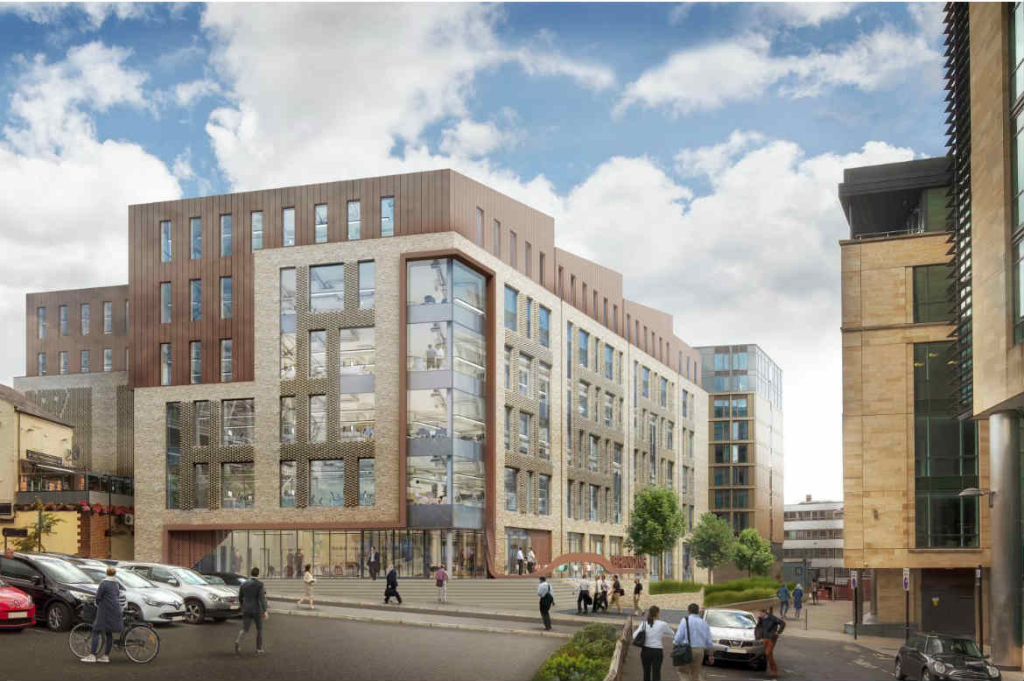In the center of Newcastle, a city sporting with living and renewal, the emergence of regenerative developing practices has turned into a beacon of sustainable metropolitan development. As Newcastle grapples with the issues of modernization, regenerative creating has emerged as a major power, redefining the city’s architectural landscape with a focus on environmental resilience, power efficiency, and neighborhood well-being.
At its key, regenerative building in Newcastle is a a reaction to the urgent dependence on sustainable downtown development. The movement emphasizes a holistic method that goes beyond simple sustainability, seeking to revive, renew, and revitalize the developed environment. From repurposing existing structures to applying revolutionary eco-friendly models, regenerative making in Newcastle is fostering a paradigm change in how a town grows and evolves.
Regenerative making practices in Newcastle are deeply rooted in principles of round economy and resource efficiency. The reuse of components, in conjunction with energy-efficient systems, seeks to minimize the environmental impact of construction while promoting a closed-loop system that aligns with the city’s commitment to responsible reference management. That diligent strategy is not just about erecting structures; it’s about cultivating a full time income, breathing environment within the metropolitan fabric.
Green rooftops, solar installations, and water administration programs are getting built-in elements of regenerative making projects in Newcastle. The city is increasingly adorned with structures that function as living entities, adding to the local ecosystem as opposed to depleting it. From rain harvesting to energy technology, these houses are made to harmonize with nature, showing the city’s commitment to regenerative principles.
Regenerative making jobs in Newcastle are not only reshaping the bodily skyline but also fostering an expression of neighborhood resilience. The incorporation of communal spaces, natural corridors, and sustainable amenities enhances the standard of living for residents. Newcastle is seeing the emergence of neighborhoods that prioritize well-being, connectivity, and cultural cohesion, embodying the regenerative ethos in every stone and beam.
Local initiatives and partnerships between architects, designers, and social authorities are driving the regenerative developing action in Newcastle. Collaborative efforts are producing progressive options, such as for instance repurposing commercial areas into vivid community locations or transforming derelict structures into energy-efficient residences. The synergy between stakeholders shows a provided perspective for a Newcastle that grows sustainably, adopting their past while forging a strong future.
The regenerative making action in Newcastle also stretches beyond specific structures to urban preparing and infrastructure. Forward-thinking plans promote walkable neighborhoods, natural rooms, and public transport, lowering the city’s carbon footprint and enhancing overall livability. Newcastle’s commitment to regenerative axioms can be viewed not only in their architectural regenerative construction Newcastle but also in the interconnected network of sustainable urban elements.

Since the regenerative creating action continues to get momentum in Newcastle, it provides as a style for cities world wide grappling with the imperative of sustainable development. The city’s journey towards regenerative urbanism embodies a commitment to environmental stewardship, community power, and a perspective of Newcastle as a growing, tough, and sustainable metropolis. Through regenerative developing, Newcastle is not just creating structures; it’s developing a heritage of responsible growth and unified coexistence with the environment.
